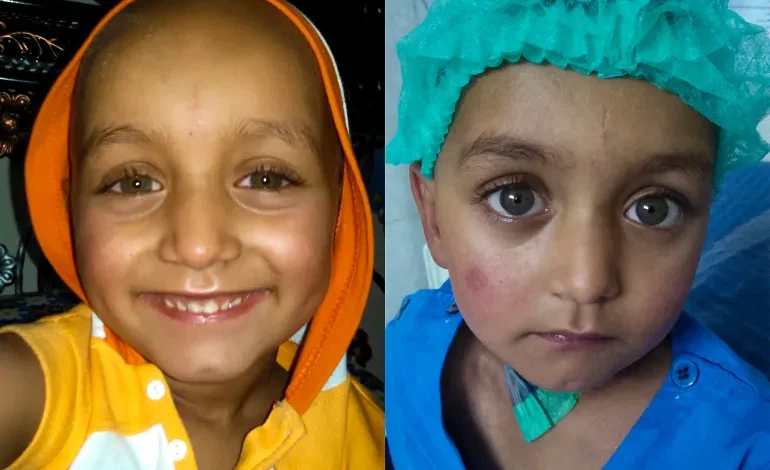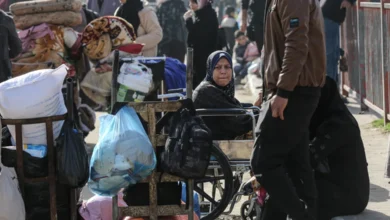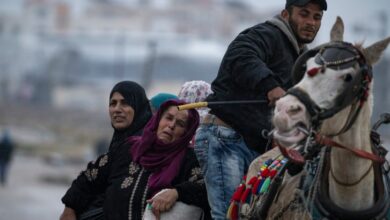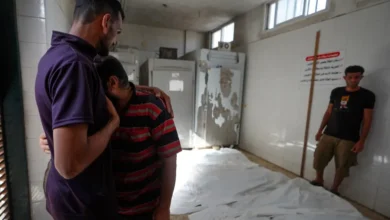The Pakistani families caught in an endless cycle of blood transfusions

Abdul Hadi Nadir’s tiny body wears down quickly when the fever sets in. His skin turns yellow, he stops eating, and his mother, Rimsha Nadir, knows exactly what that means – it is time for more blood.
At a quiet but packed clinic in Lahore, Rimsha cradles her three-and-a-half-year-old son while sitting among other families with children.
Abdul Hadi Nadir’s tiny body wears down quickly when the fever sets in. His skin turns yellow, he stops eating, and his mother, Rimsha Nadir, knows exactly what that means – it is time for more blood.
At a quiet but packed clinic in Lahore, Rimsha cradles her three-and-a-half-year-old son while sitting among other families with children.
Despite this, Rimsha clings to hope for her child’s future. “He will study, he will become a doctor, God willing,” she says in a soft voice.
In Pakistan, some 100,000 people are registered in hospitals as thalassaemia major patients, and more than 5,000 children are born with the disease each year, though there is no data on how many die from the disorder. But in a country where the average lifespan for a child born with the disease is just 10 years, families like Rimsha’s are caught in an endless cycle of securing regular blood transfusions.
Genetic disorder
Pakistan is part of the “thalassaemia belt” – an area with a high prevalence of the disease stretching across parts of Africa, the Mediterranean, the Middle East, the Indian subcontinent, Southeast Asia, Melanesia, and the Pacific Islands.
This high prevalence could be a genetic response to protect against malaria, according to researchers. The disorder is more common in regions where malaria is or was widespread.
Thalassaemia major is the most common genetic disorder in Pakistan, according to a European Journal of Human Genetics study in 2021.
Rimsha and her husband discovered they were carriers of the disease only after their son’s diagnosis. As carriers, they have the thalassaemia trait or thalassaemia minor, meaning they have a mutated gene on a chromosome inherited from their mother or father. Those with thalassaemia major have the mutation from both parents.










